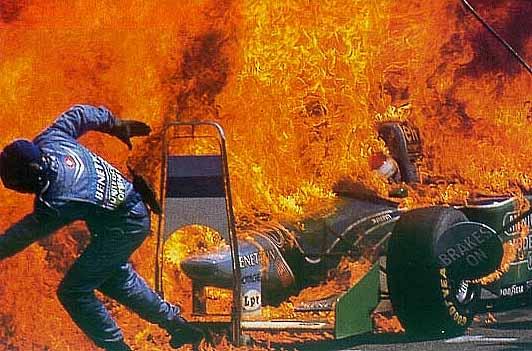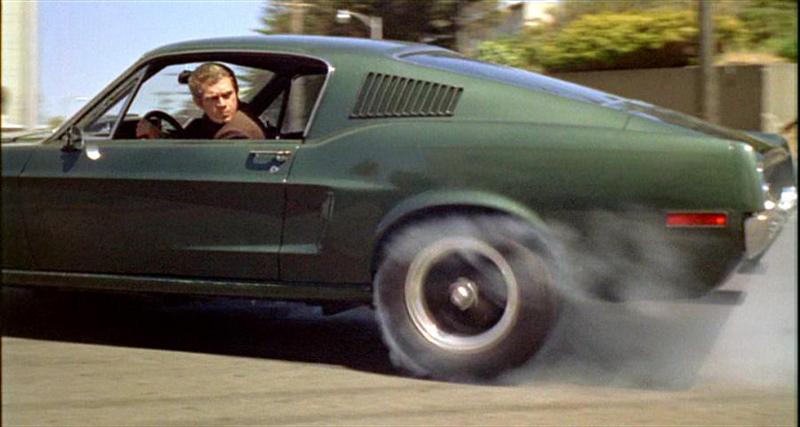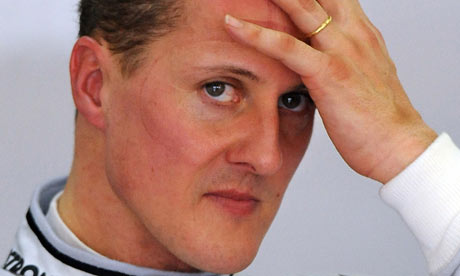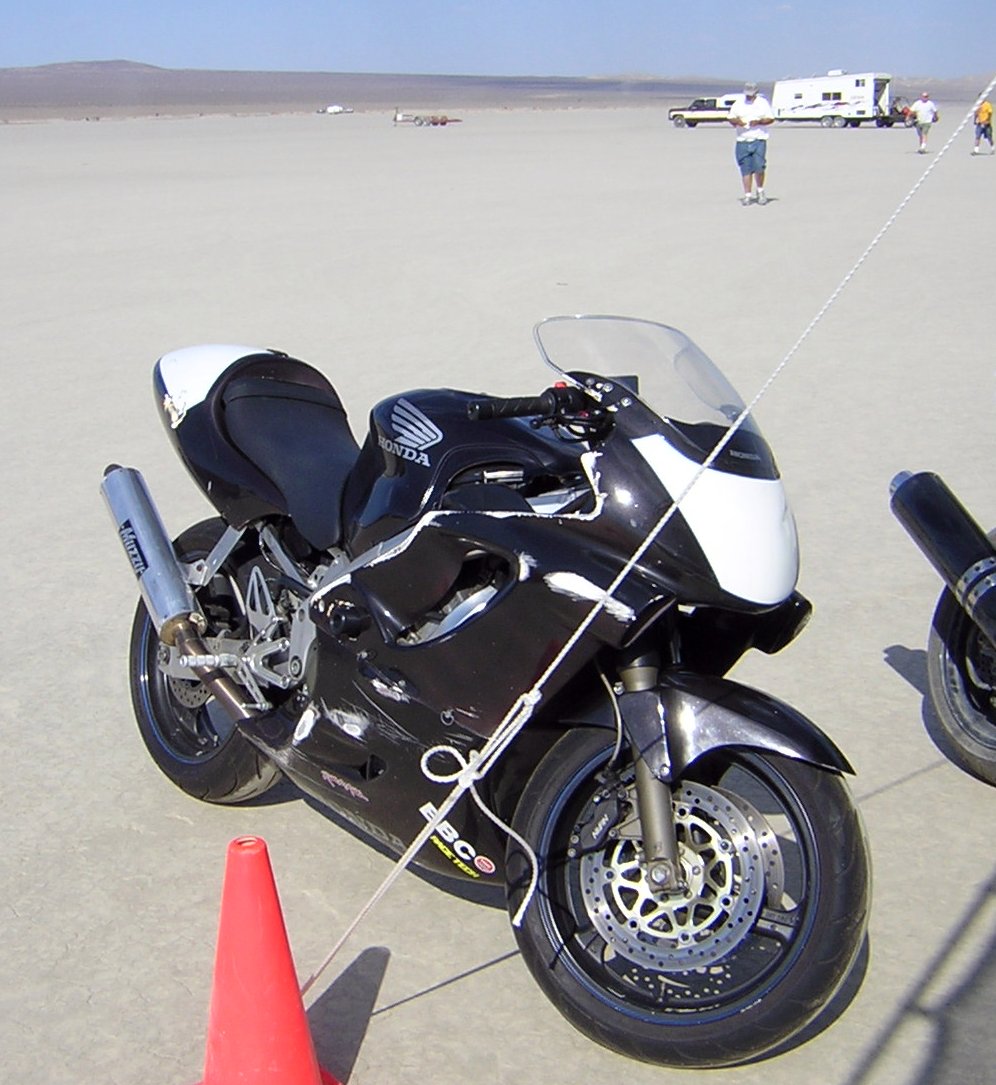Having seen it, few can forget Jos Verstappen’s pit lane fire, at the German Grand Prix in 1994. The split seconds between the spill – when the team, and you, the viewer, know the fire is coming, and then the sheer size/spread of the conflagration forces one to conclude that Bernie and Max and the FIA gods chose spectator entertainment over safety when they decided refueling was a good idea. To me, refueling in the pit lane, during a race, under duress, is always going to be….uh, forgive me, playing with fire….but what was news to me was this, from the Wikipedia entry on Benetton: “During the 1994 season Benetton removed a fuel filter from the refueling rig used during pit stops. This may have resulted in a fire that took place during Jos Verstappen’s first pitstop at Hockenheim. This resulted in further inquiries by the FIA, during which, the refueling rig manufacturer made clear that in their opinion the modification would have resulted in 10% higher flow rates than the rules allowed.” That is to say, there is a good chance the fire was caused by cheating, by modifying the rig to improve flow and shorten pitstops.
1994 was unique in my experience of Grand Prix watching; not only did the Imola weekend bring the loss of Senna and Ratzenberger, but serious injury to Lehto and Barrichello; at the next round, Monaco, Wendlinger, had a serious accident which finished him as a competitive Formula 1 driver. These horrors tended to separate the split the season pre- and post-Imola. Changes to the cars came rapidly too – by the summer, Hill’s Williams was a different animal from the car Senna had lined up on the grid in northern Italian spring.
Pre-season ’94, and all the talk was that this would be Senna’s year; the pesky Frenchman had retired, freeing up a seat in what had been far and away the best car of ’92 and ’93, the Williams. However, over the Christmas break, there had been a raft of rule changes which had banned the traction control/antilock braking/ride height adjustment electronic jiggery-pokery which was making the sport more of a battle of software engineers rather than driving skill. The result was skittish, difficult to drive cars for ‘94, with the Williams car advantage all but gone. In the first race of the season, at Interlagos, Senna led until his first pit stop. Michael Schumacher – Verstappen’s teammate at Benetton – was running second, pitted on the same lap as Senna, but somehow was able to exit the pit lane ahead, despite running a similar strategy. Behind, Senna turned up the wick, and as he chased Michael, and was closing when he span in the twisty infield section. I vividly remember this, because Senna simply did not make those kind of mistakes, especially not in the dry. Michael went on and won. In the next round, in Japan, Schumacher beat Senna off the line, then Hakkinnen ran Senna off the road. M again went on to win.
Which brings us back to the fueling rig at Hockenheim; if Benetton were cheating there, by modifying the rig to work more efficiently, isn’t it likely they were doing the same at Interlagos ? Isn’t that how Michael was able to leapfrog Senna in the pits ? The other area in which Benetton were caught cheating in ’94 was around traction control software. This was the era of chips which carried programs during the race, however would erase the information when the engine was switched off in parc ferme after the race, allowing the car to pass scrutineering. Could it be the Benetton had traction control, and that was how M got the jump on A at the start of the Japanese race ?
It matters because without the cheating, if indeed that is what was going on, Senna would not have felt himself in the same pressure cooker as he did at Imola: Michael already had two wins; Senna a humiliating spin and a DNF, while it was he who supposedly enjoyed a car advantage.
Overall then one is forced to consider: had Benetton not ( probably) been cheating, would Senna have felt the same need to blank out Ratzenberger, Barrichello, his own fears, and commit that car right to the inside line, right where the bumps were to lift it off the ground, to turn it into a toboggan pointing straight at the wall…








What a load of twaddle. Senna was rattled and shown that his emotions got the better of him. He span out at Interlagos under pressure, yes in a difficult car but it shown senna had a weakness to not be able to play percentages when needed. Even at Aida he virtually came to a halt when schumacher got his car ahead at the first corner in an almost shocked reaction.
At Interlagos, Senna was never going to “play percentages” – he was going to race to win in front of his home crowd. You’re right about Aida; he almost seems to brake check Hakkinnen causing the accident. It would be interesting to know what Hakkinnen remembers of that incident. Not sure how Senna’s weaknesses/mistakes there make my argument “twaddle” though ?
https://www.youtube.com/watch?v=knrMxKwsQU8&list=PL2AEIjzkEnPUBAOovcDGz4YljGeApSxVG
This is the start of the Aida race – watching it again, it looks to me as if Senna “nearly stopped” because he has a look at going down Michael’s inside, but has to slow up as Michael chops across to take the racing line.
i never had any respect for shoefugger as a sportsman and a human being with any values at all. he will have his karma. i don’t know how it will unfold…
Benetton did cheat in ’94 by the use of an illegal fueling rig and they were penalized for that. They were proven to have a traction control feature on the engine software but the FIA was unable to prove that Schumi actually used it. So they took no penalty for that. That Benetton cheated cannot be denied. Schumacher actually crashed out Damon Hill in order to win the 1994 championship. These are all facts that cannot be denied.
This excellent article is the first I have seen to suggest that Benetton and Michael’s cheating may have indirectly led to Senna’s death. Ayrton may have been over driving at Imola in order to stay ahead of a cheating Michael and may have made a mistake. One will never know the truth for sure. Personally, I think a badly done weld on the Williams steering shaft caused the wheel to come off in Senna’s hands and this was the cause of the crash. We will never know for sure on any of this. Schumacher definitely crashed out Damon Hill to win in ’94. That season was a tragic one and the cheating by Benetton and Michael tarnished his driver’s championship.
I would need to go back and read the books, comb the forums, to fully confirm what I am about to say, but: my understanding was the steering column weld failing was an explanation put forward by Italian prosecutors. Now, not wanting to be unduly cynical, there seems to be a tradition among Italian public prosecutors to further their own careers by blaming fatal motor racing crashes on a non-Italian factor; in ’61 Jim Clark faced prosecution and persecution after he and von Trips, driving a Ferrari, tangled at Monza, and von Trips crashed into the crowd killing more than a dozen. After de Portago’s crash in the ’57 Mille Miglia, Ferrari himself was at risk of prosecution since it was a car built by Ferrari which de Portago was driving. The alternative explanation to the Senna accident – that the racing line around Tamburello was bumpy, and that the safety car was too slow ( it was an Opel Vectra GSi, with 150hp ) so the tyre pressures on Senna’s Williams went down, in turn making the car ride closer to the ground and enabling it to toboggan off the track – places the blame with the Italian organizers of the event, while the steering column explanation exonerates them, blaming the Williams team and the mechanic who performed that weld.
For me, the proof point is in my own observation: the lap before he crashed, Senna struck huge sparks from the underside of the car at one spot in particular, midway through Tamburello; clearly, there was a big bump in the track there causing the car to bottom. The next time round, at the spot where he struck sparks, the car stopped turning and went straight ahead and off the course. Of course, the jolt of going over the bump could have broken the weld, but to me the toboggan explanation seems more plausible.
Yes, Schumacher and Benetton were cheating in 94, and I’ve long suspected that Schumacher may have partly blamed himself for Senna’s death as a result. Remember when he broke down on live TV after equalling one of Senna’s records?
But at the end of the day, there were clearly other factors that contributed to Senna’s fatal accident. Whether the steering column snapped or the car bottomed out, something went far wrong that shouldn’t have, and Benetton and Schumacher had nothing to do with that. To pin all the blame on them would be silly. Not saying that you’re doing that.